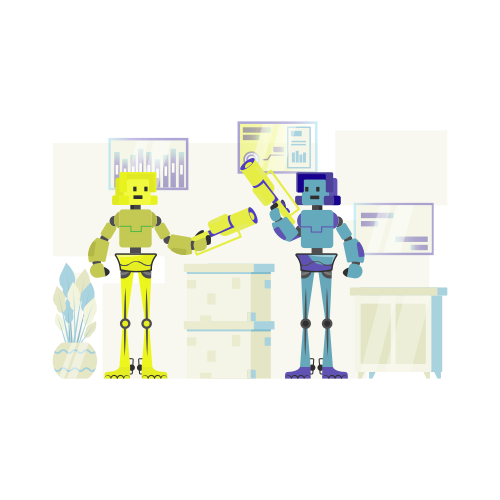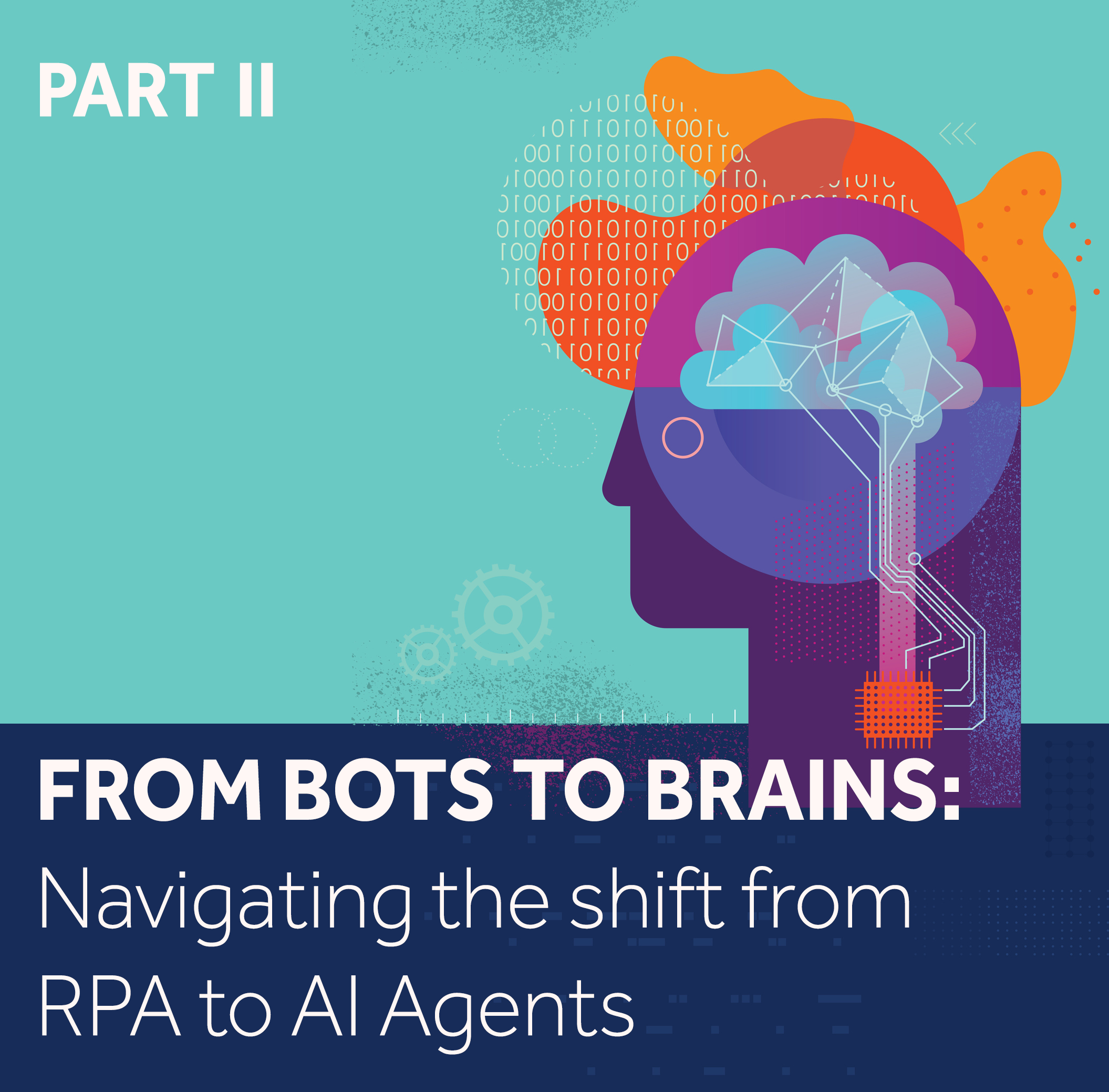Why RPA Isn’t Going Anywhere—It’s Just Going Undercover
In Part 1 of our From Bots to Brains series, we unpacked the hype around AI agents and called out the gap between the marketing and reality. Now, in Part 2, we shift the spotlight back to a familiar player that’s been declared obsolete too many times to count: Robotic Process Automation (RPA).
Despite bold headlines, RPA isn’t being replaced—it’s being absorbed. As agentic architectures evolve, RPA remains the silent powerhouse in the background. And it’s exactly where it belongs.
Why RPA Still Matters
Let’s keep it real: most enterprise work is still predictable, repeatable, and rules-based. That’s what made RPA so effective in the first place. It handles the grunt work—logging into systems, scraping data, sending reports—consistently and without fail.
Even as AI agents take on more judgment-heavy tasks, the need for structured execution hasn’t gone away. In fact, the smarter the system, the more it needs something dependable to carry out decisions.
RPA as Infrastructure: Quiet, Reliable, and Indispensable
Increasingly, RPA is becoming invisible—tucked beneath agentic orchestration systems and AI decision layers. But don’t mistake quiet for obsolete.
-
UiPath’s agentic automation strategy centers around bots that execute what agents determine
-
Automation Anywhere highlights how RPA can power reliable execution for complex agent-driven workflows
-
Forrester points to hybrid models as the dominant path forward, not rip-and-replace
RPA is evolving from “automation tool” to “automation backbone.”
Why Full Replacement Makes No Sense
We’re seeing a lot of pressure in the market to “modernize” working bots—to transform them into agents simply because that’s what the roadmap says. But this can be an expensive and risky proposition, especially when the current RPA setup is delivering solid ROI.
For most organizations, the choice isn’t between RPA or agents. It’s about orchestrating both—letting each do what it does best.
Hybrid Is the Real Future
Smart companies aren’t choosing sides. They’re blending both technologies:
-
RPA handles deterministic execution
-
Agents manage ambiguity and context
-
The orchestration layer connects the two
This integrated approach allows companies to expand capability without sacrificing stability.
What’s Next in the Series?
In our final post, we’ll explore how to evolve your automation program to incorporate AI agents—without starting from scratch. We'll break down real migration strategies that let you layer intelligence on top of what you already have.
Closing Thought:
RPA didn’t miss the AI train. It’s riding it—quietly, reliably, and with more relevance than ever.
Share this
Recent Stories

Governance for AI Agents: How to Keep Autonomy from Becoming Anarchy

Why Scaling RPA is Hard (And How to Fix It)


